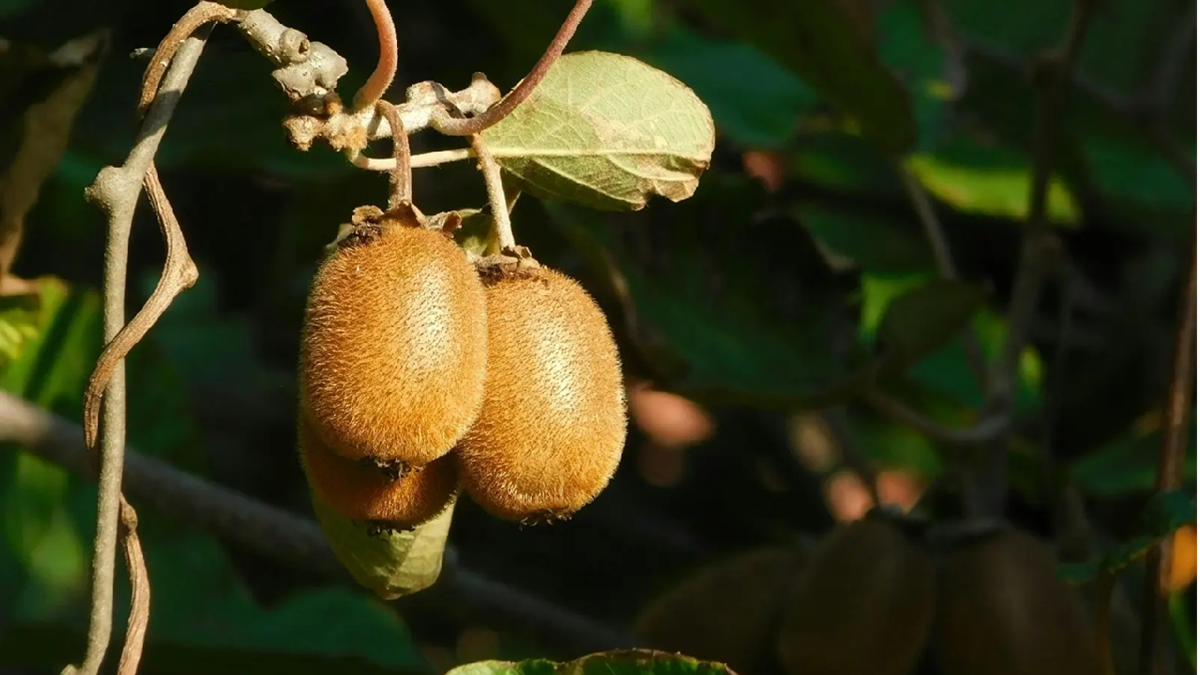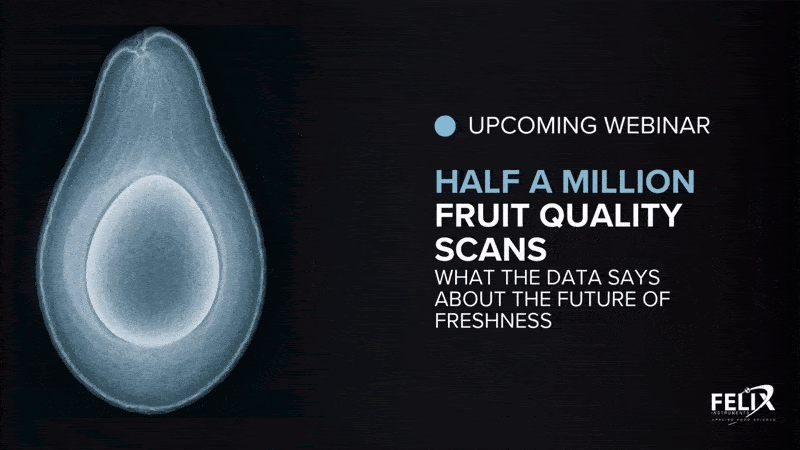Measurements
Quality meters can increase tomato yield and profit
Tomatoes are the most consumed fresh produce globally. While dry matter, BRIX, and acidity are well-established quality parameters used in the whole supply chain of many fruits, their use in tomato production has not been fully realized. This article will show how quality meters could be used at the farm level, during sorting and packing, and at retailers, to increase profits from existing crops. Food Loss at Different Points of the Supply Chain Tomatoes (Lycopersicon esculentum) are the number one fresh produce consumed in the world. About 37,266 million tonnes of it were produced worldwide in 2019. Food loss occurs when part of the harvest doesn?t reach the market because of various problems. The Food and Agriculture Organization (FAO) found that losses occur at harvest, sorting, and at retailers. In developing countries, around 50% of the fresh produce grown doesn?t reach the markets, while in developed countries, the loss is about 20-30% of the crop. A study of tomato loss worldwide, using statistics from a 2011 FAO report, found that: - Farm-level losses account for 10% of the crop in Asia, and 20% in Europe, North America, Oceania, and Latin America, - Postharvest handling losses are 3-4% of the original harvest in developed countries and up to 10% in Africa, - Transport and storage losses amount to 5% of the crop in Europe, North America, and Oceania, but can vary from 10-20% for Africa, Asia, and Latin America. Since tomatoes are nutritious and commonly used as vegetables around the world, this is a tremendous loss for people and society, not to mention the economy and the environment. The use of simple tools can prevent much of this loss. There have been several studies reported, especially in the last five years, that proves that Near Infrared (NIR) spectroscopy is useful at various stages of tomato production. NIR Spectroscopy NIR is the spectrum of light that lies next to the red color. It is not visible to the human eye. However, the chemical bonds in the organic compound that makeup plants vibrate in response to them. Based on these vibrations, it is possible to identify chemical compounds and the concentrations in which they are present; this is called spectroscopy. NIR spectroscopy is a sophisticated process that was conducted earilier with bulky and costly laboratory equipment. However, technological advancements have miniaturized the method to fit in small handheld tools, which can be used outside in fields, farms, warehouses, and shops. The F-750 Produce Quality Meter, manufactured by
02 June, 2020
Tomatoes are the most consumed fresh produce globally. While dry matter, BRIX, and acidity are well-established quality parameters used in the whole supply chain of many fruits, their use in tomato production has not been fully realized. This article will show how quality meters could be used at the farm level, during sorting and packing, and at retailers, to increase profits from existing crops. Food Loss at Different Points of the Supply ChainTomatoes (Lycopersicon esculentum) are the number one fresh produce consumed in the world. About 37,266 million tonnes of it were produced worldwide in 2019. Food loss occurs when part of the harvest doesnt reach the market because of various problems. The Food and Agriculture Organization (FAO) found that losses occur at harvest, sorting, and at retailers. In developing countries, around 50% of the fresh produce grown doesnt reach the markets, while in developed countries, the loss is about 20-30% of the crop. A study of tomato loss worldwide, using statistics from a 2011 FAO report, found that:- Farm-level losses account for 10% of the crop in Asia, and 20% in Europe, North America, Oceania, and Latin America,- Postharvest handling losses are 3-4% of the original harvest in developed countries and up to 10% in Africa,- Transport and storage losses amount to 5% of the crop in Europe, North America, and Oceania, but can vary from 10-20% for Africa, Asia, and Latin America. Since tomatoes are nutritious and commonly used as vegetables around the world, this is a tremendous loss for people and society, not to mention the economy and the environment. The use of simple tools can prevent much of this loss. There have been several studies reported, especially in the last five years, that proves that Near Infrared (NIR) spectroscopy is useful at various stages of tomato production. NIR SpectroscopyNIR is the spectrum of light that lies next to the red color. It is not visible to the human eye. However, the chemical bonds in the organic compound that makeup plants vibrate in response to them. Based on these vibrations, it is possible to identify chemical compounds and the concentrations in which they are present; this is called spectroscopy. NIR spectroscopy is a sophisticated process that was conducted earilier with bulky and costly laboratory equipment. However, technological advancements have miniaturized the method to fit in small handheld tools, which can be used outside in fields, farms, warehouses, and shops. The F-750 Produce Quality Meter, manufactured by Felix Instruments Applied Food Science, is an example. The tools direct a beam of NIR light at the sample and record the absorbance, reflectance, and transmission. Within seconds, it can measure dry matter, total soluble solids, water content, titrable acidity, and internal and external fruit color. The F-750 is a general instrument that is used for a wide range of fresh produce, and it is also useful for tomatoes. Models can be customized for any fruit or vegetable using the clear instructions given. The main advantages of using the NIR tool are non-destructive analysis and saving time, cost, and space. Since the readings are non-destructive, the device can be used several times during production to test fruits and vegetables without wasting produce. This technology also eliminates the need to use toxic chemicals.












